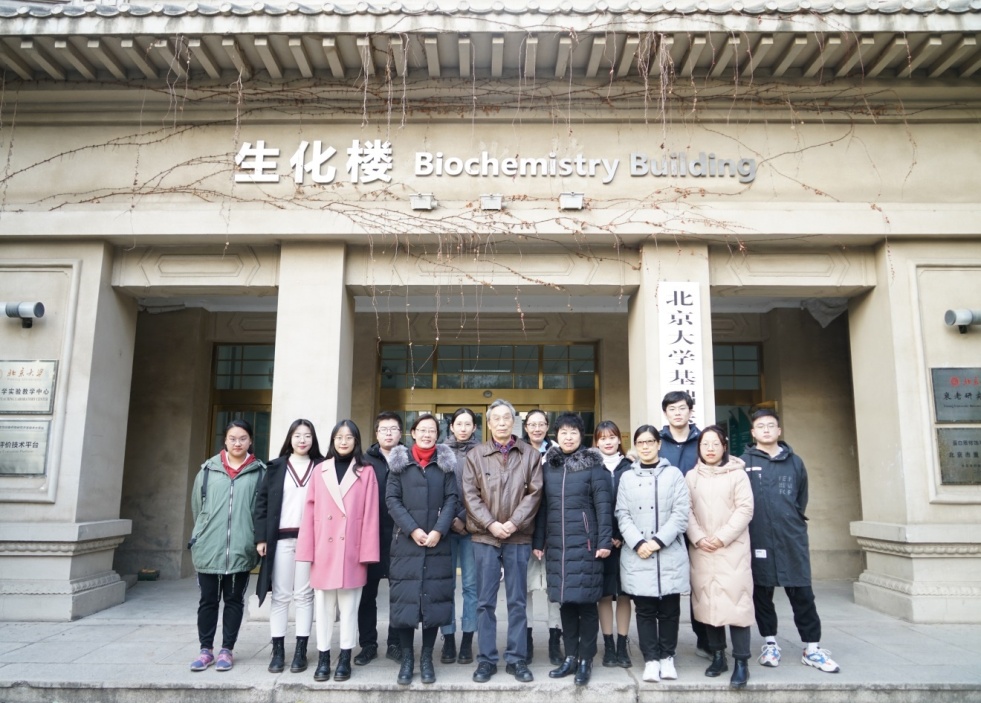Department of Biochemistry and Molecular Biology
Juhua Ni

Juhua Ni, Professor
Department of Biochemistry and Biophysics
Contact information
Peking University Health Science Center
Xueyuan Road 38, Haidian District
Email: juhuani@bjmu.edu.cn
Personal Profile
Prof. Juhua Ni is deputy director of Department of Biochemistry and Biophysics, School of Basic Medical Sciences, Peking University. She earned her Ph.D degree from Peking University Health Science Center. She was appointed professor in Peking University Health Science Center in 2013. She is also a deputy director of biomedical experimental teaching center of Peking University, and a teaching expert in the center for excellent teaching and learning of Peking University Health Science Center. She is also served as the executive director of the teaching committee of the Chinese society for biochemistry and molecular biology.
She has been engaged in the teaching of biochemistry for more than 20 years and the biochemistry course has been awarded as the national excellent course. She has edited more than 10 textbooks and has been awarded Outstanding Teacher Award of Peking University Health Science Center.
She has published more than 50 scientific research and teaching papers in international journals including Cell Mol Life Sci, Cell Death Dis, BiochemMolBioleduc, BMC Med Educet al. She has edited or participated in the compilation of more than ten biochemistry textbooks or teaching reference books.
Research of Focus
Her research interest has focused on epigenetic regulation in the oncogenesis and development of lung cancer. One of her major finding is identifying a total of 5,747 differentially expressedmRNAs, 378 differentially expressed miRNAs and 3,141 differentially expressed lncRNAs in LUSC based on the RNA-Seq and miRNA-Seq data from the TCGA database. In addition, combination of AUARK, CDK1, KIF11 and EXO1 mayprovide potentialmetastatic indicators in LUSC.Four lncRNAs, 2 mRNAs and 2 miRNAs were identified as the candidates of the competitive miRNA-mRNA-lncRNA network and can serve as prognostic marker in LUSC,providing the potential prognostic biomarkers or therapeutic targets for LUSC. Her study find a new regulatory pathway of p21, in which functional interaction between miR-509-3-5p and lncRNA NONHSAT112228.2 is implicated in p21 expression regulation. Dysregulation of MiR-509-3-5p—NONHSAT112228.2 axis results in the decreased expression of p21, contributing to the proliferation and migration of lung cancer cells.
Staff
Dr. ShuyanLiAssociate professorEmail:shuyanli@bjmu.edu.cn


